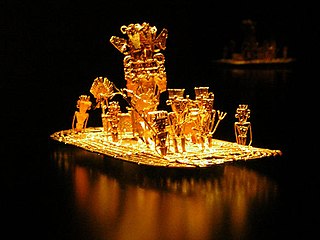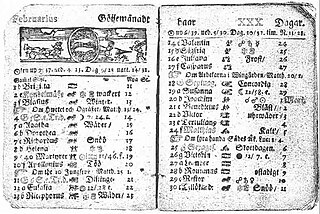 W
WThe Aztec or Mexica calendar is the calendrical system used by the Aztecs as well as other Pre-Columbian peoples of central Mexico. It is one of the Mesoamerican calendars, sharing the basic structure of calendars from throughout ancient Mesoamerica.
 W
WThe Babylonian calendar was a lunisolar calendar with years consisting of 12 lunar months, each beginning when a new crescent moon was first sighted low on the western horizon at sunset, plus an intercalary month inserted as needed by decree. The calendar is based on a Sumerian predecessor preserved in the Umma calendar of Shulgi.
 W
WThe French Republican calendar, also commonly called the French Revolutionary calendar, was a calendar created and implemented during the French Revolution, and used by the French government for about 12 years from late 1793 to 1805, and for 18 days by the Paris Commune in 1871. The revolutionary system was designed in part to remove all religious and royalist influences from the calendar, and was part of a larger attempt at decimalisation in France. It was used in government records in France and other areas under French rule, including Belgium, Luxembourg, and parts of the Netherlands, Germany, Switzerland, Malta, and Italy.
 W
WThe Maya calendar is a system of calendars used in pre-Columbian Mesoamerica and in many modern communities in the Guatemalan highlands, Veracruz, Oaxaca and Chiapas, Mexico.
 W
WThe Mesoamerican Long Count calendar is a non-repeating, vigesimal (base 20) and octodecimal (base 18) calendar used by several pre-Columbian Mesoamerican cultures, most notably the Maya. For this reason, it is often known as the Maya Long Count calendar. Using a modified vigesimal tally, the Long Count calendar identifies a day by counting the number of days passed since a mythical creation date that corresponds to August 11, 3114 BCE in the Proleptic Gregorian calendar. The Long Count calendar was widely used on monuments.
 W
WThe Muisca calendar was a lunisolar calendar used by the Muisca. The calendar was composed of a complex combination of months and three types of years were used; rural years, holy years, and common years. Each month consisted of thirty days and the common year of twenty months, as twenty was the 'perfect' number of the Muisca, representing the total of extremeties; fingers and toes. The rural year usually contained twelve months, but one leap month was added. This month represented a month of rest. The holy year completed the full cycle with 37 months.
 W
WA Runic calendar is a perpetual calendar, variants of which have been used in Northern Europe until the 19th century. A typical runic calendar consisted of several horizontal lines of symbols, one above the other. Special days like solstices, equinoxes, and celebrations were marked with additional lines of symbols.
 W
WA Runic calendar is a perpetual calendar, variants of which have been used in Northern Europe until the 19th century. A typical runic calendar consisted of several horizontal lines of symbols, one above the other. Special days like solstices, equinoxes, and celebrations were marked with additional lines of symbols.
 W
WThe Swedish calendar or Swedish style was a calendar in use in Sweden and its possessions from 1 March 1700 until 30 February 1712. It was one day ahead of the Julian calendar and ten days behind the Gregorian calendar. Easter was calculated nominally astronomically from 1740 to 1844.
 W
WThe traditional Chinese calendar, is a lunisolar calendar which reckons years, months and days according to astronomical phenomena. In China it is defined by the Chinese national standard GB/T 33661–2017, "Calculation and promulgation of the Chinese calendar", issued by the Standardisation Administration of China on May 12, 2017.
 W
WThe tōnalpōhualli, meaning "count of days" in Nahuatl, is an Aztec version of the 260-day calendar in use in pre-Columbian Mesoamerica. This calendar is neither solar nor lunar, but rather consists of 20, 13-day periods. Each trecena is ruled by a different deity.
 W
WThe Xiuhpōhualli was a 365-day calendar used by the Aztecs and other pre-Columbian Nahua peoples in central Mexico. It was composed of eighteen 20-day "months," called veintenas or mētztli with a separate 5-day period at the end of the year called the nemontemi. Whatever name that was used for these periods in pre-Columbian times is unknown. Through Spanish usage, the 20-day period of the Aztec calendar has become commonly known as a veintena. The Aztec word for moon is mētztli, and this word is today to describe these 20-day periods, although as the sixteenth-century missionary and early ethnographer, Diego Durán explained:In ancient times the year was composed of eighteen months, and thus it was observed by these Indian people. Since their months were made of no more than twenty days, these were all the days contained in a month, because they were not guided by the moon but by the days; therefore, the year had eighteen months. The days of the year were counted twenty by twenty.